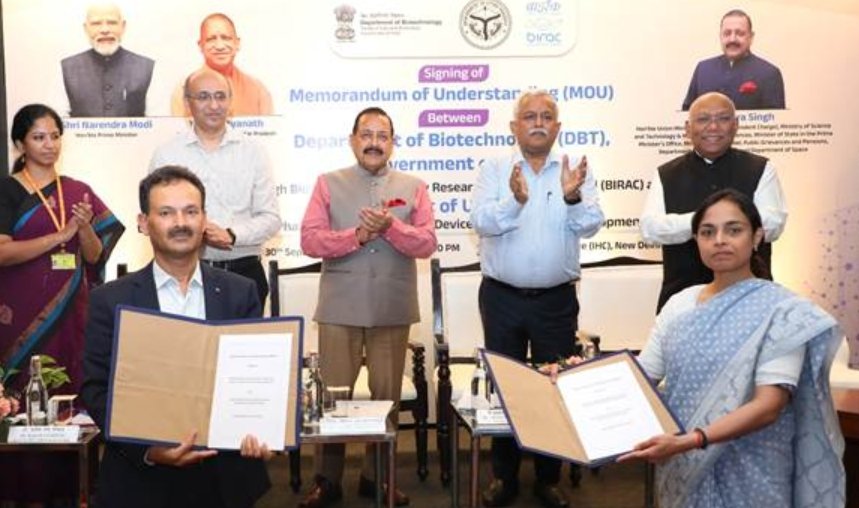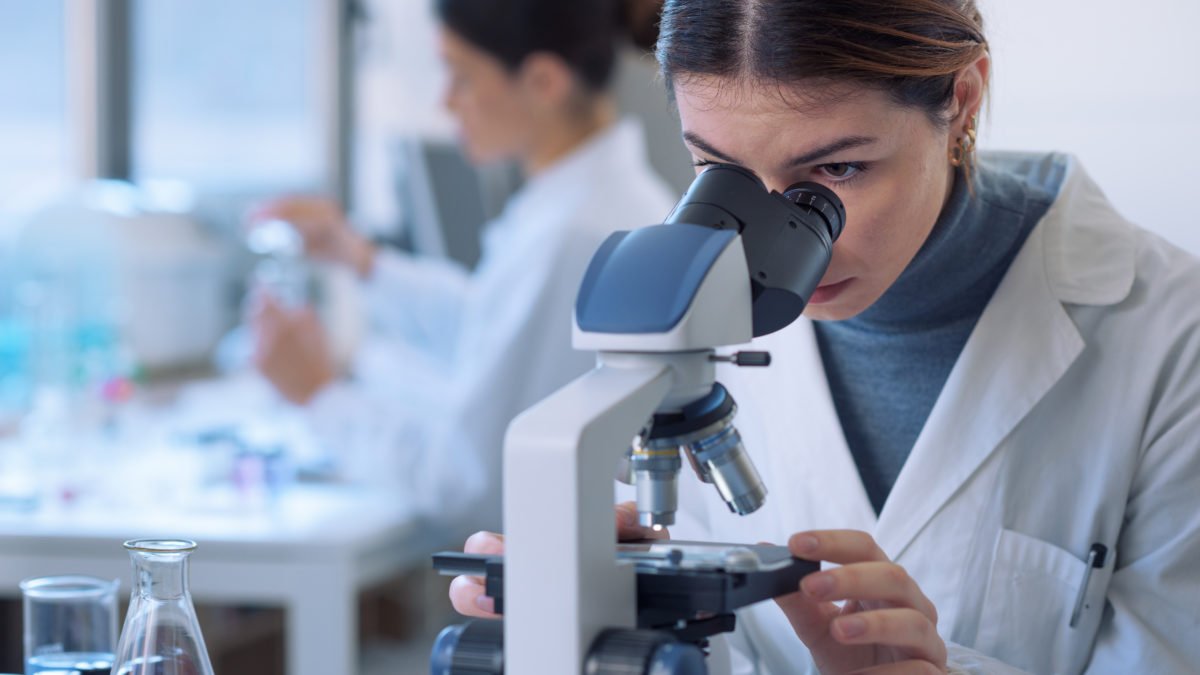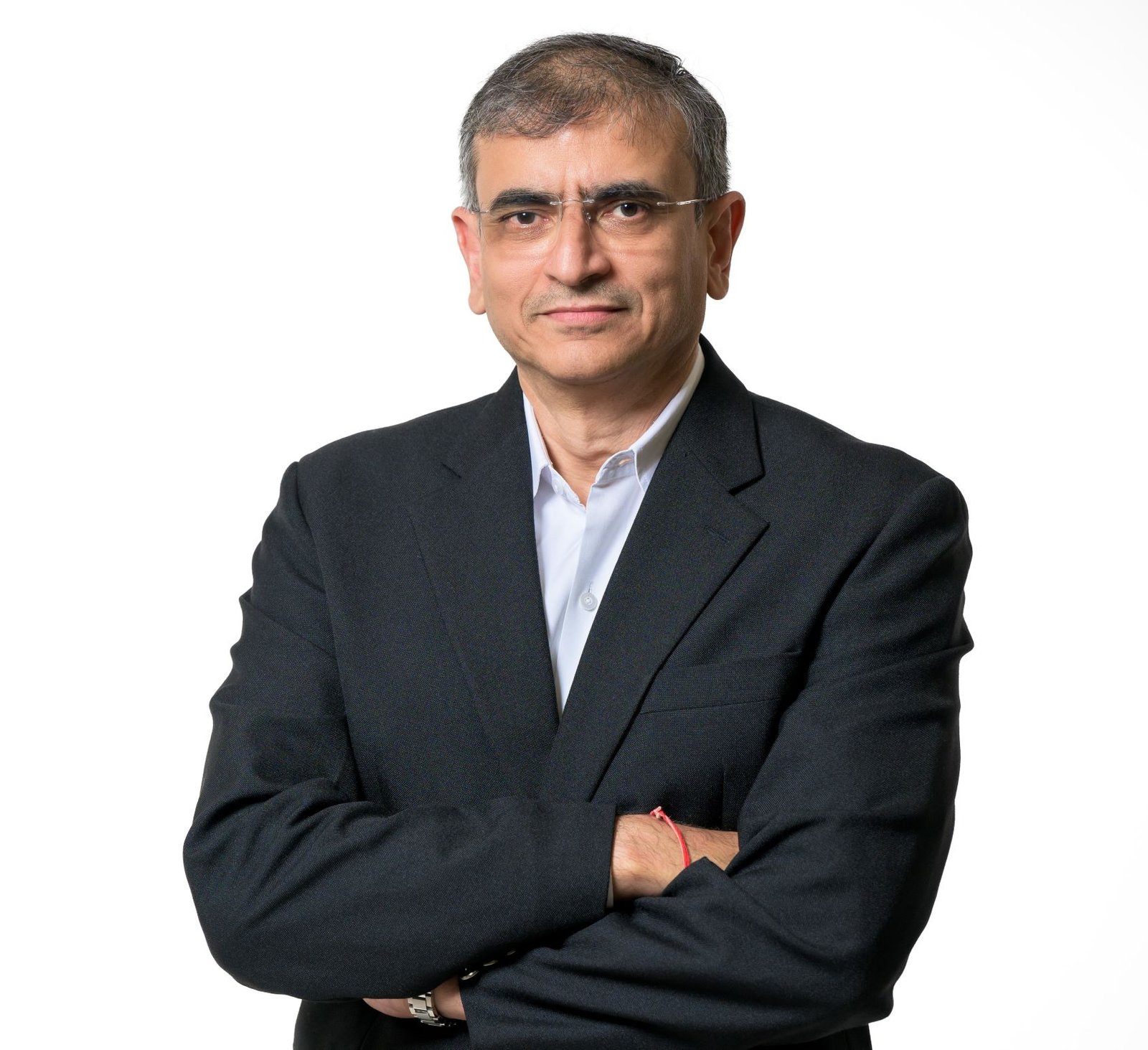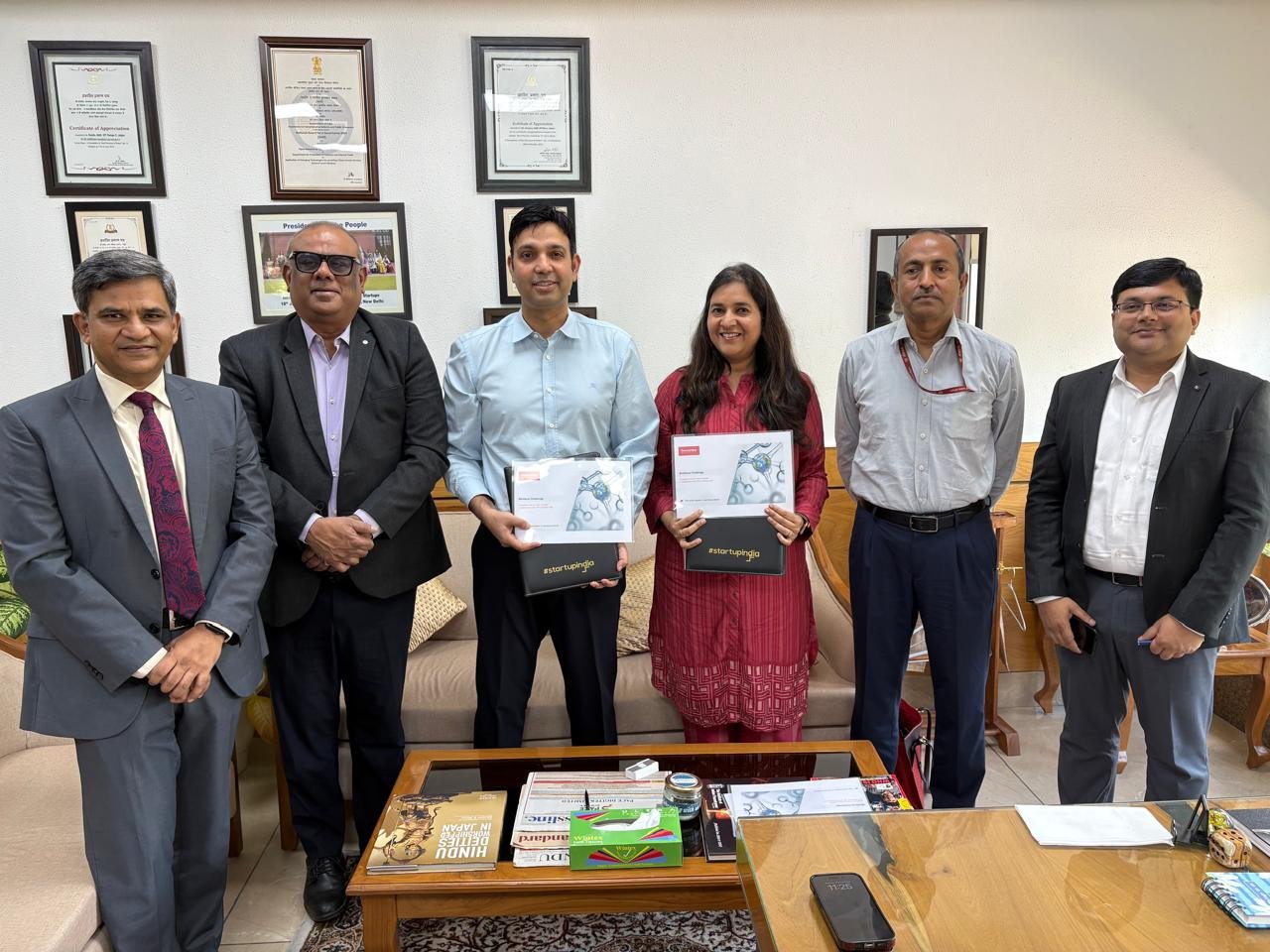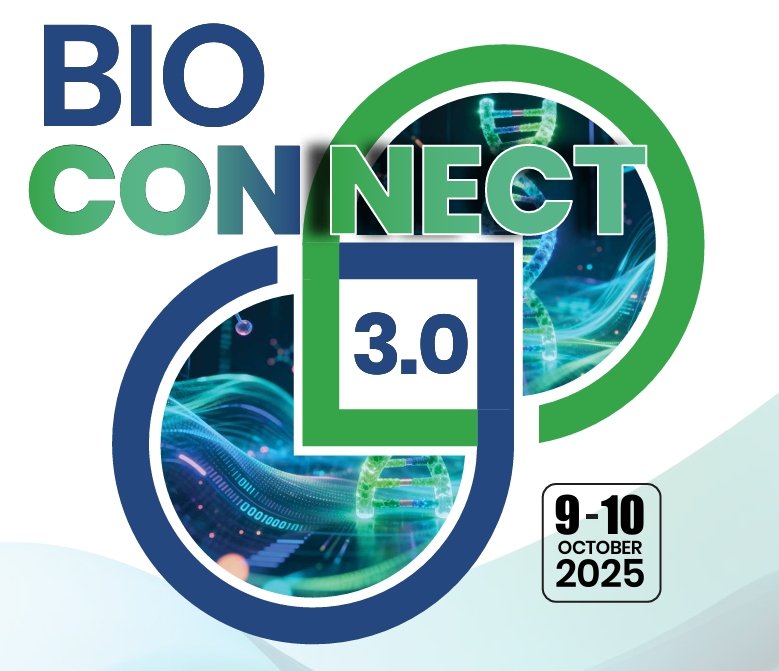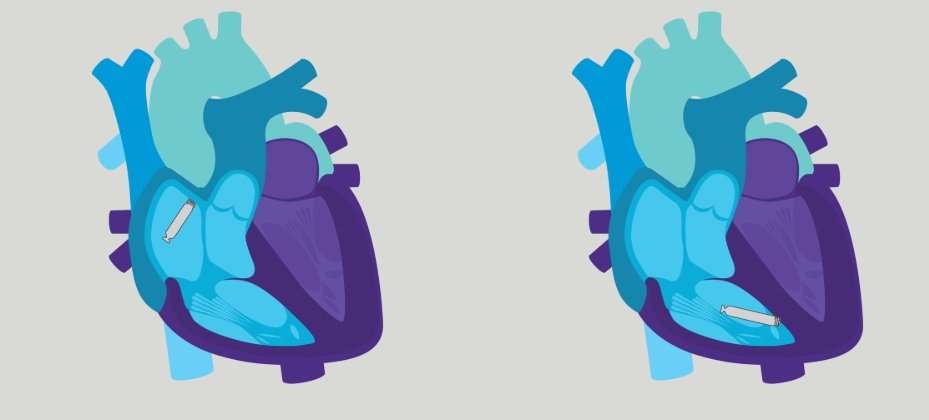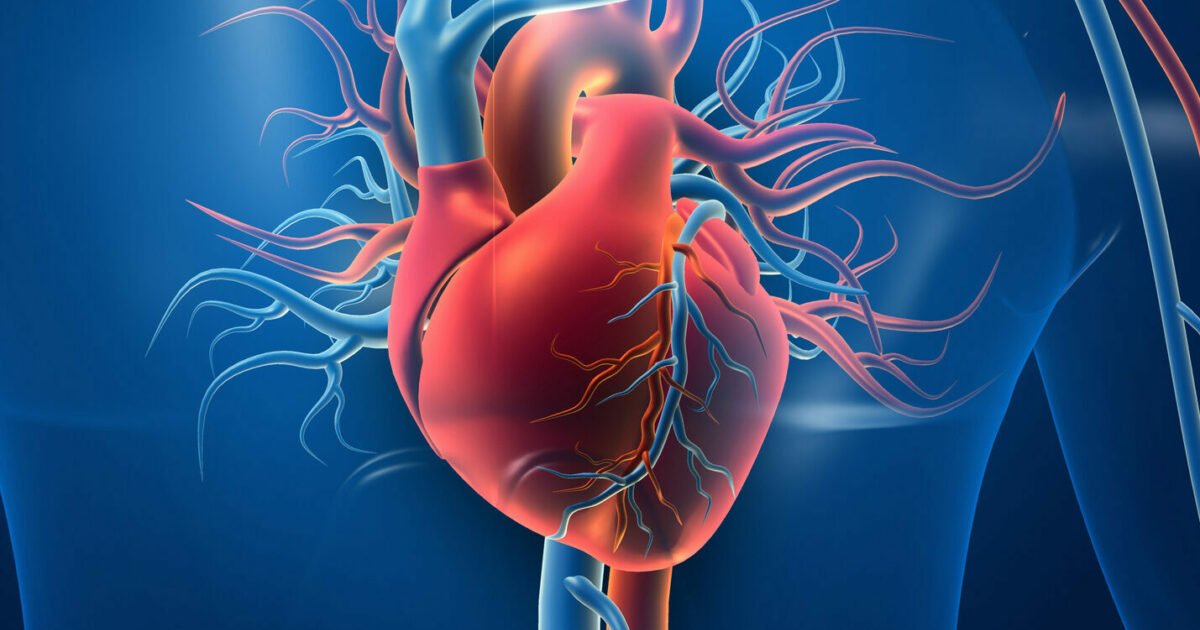Track clear for embryonic stem cell research
September 08, 2010 | Wednesday | News
The US FDA’s first clinical trial
approval of human embryonic stem cell (hESC) therapy is a milestone for
regenerative medicine. California-based Geron Corporation is all set to
conduct the world’s first clinical trial of hESC therapy

The field of
regenerative medicine generates significant public interest,
controversy and political debate. And it is no surprise that stem cell
therapies are, once again, making headlines. The permission from the US
Food and Drug Administration (US FDA) to California-based Geron
Corporation, to conduct the world’s first clinical trial of a human
embryonic stem cell (hESC) therapy, has not only begun what may be the
beginning of a new era for medical treatment, but if successful, could
potentially open the doors for clinical testing of more human embryonic
stem-cell derived cell therapies.
The FDA notification enables Geron to move forward with the world’s
first clinical trial of a human embryonic stem cell-based therapy in
humans. The phase I multi-center trial is designed to establish the
safety of Geron’s lead hESC-based therapeutic candidate (GRNOPC1) in
patients with complete American Spinal Injury Association (ASIA)
Impairment Scale grade A sub-acute thoracic spinal cord injuries.
The FDA approval has happened after a year-long hold on phase I
clinical trial in September 2009. The clinical hold was placed
following results from a single preclinical animal study in which Geron
observed a higher frequency of small cysts, within the injury site, in
the spinal cord of animals injected with GRNOPC1. In response to those
results, Geron developed new markers and assays, as additional release
specifications for GRNOPC1, to prove its safety to the FDA. The company
completed an additional confirmatory preclinical animal study to test
the new markers and assays, and subsequently submitted a request to the
FDA, for the clinical hold to be lifted.
Although the primary endpoint of the trial is safety, the protocol
includes secondary endpoints to assess efficacy. Once safety in patient
population has been established, Geron plans to seek FDA approval to
extend the study, to increase the dose and expand the trial, to include
patients with severe incomplete injuries, to enable access to the
therapy for a broader population. Geron has selected up to seven US
medical centers as candidates to participate in this study, and in
planned protocol extensions.
 FDA nod encourages industry and
researchers
FDA nod encourages industry and
researchers
The regenerative medicine or stem cell sector makes its global presence
with innovative research work happening all across the globe. Technical
innovations and regulatory challenges in one country or region has, a
profound impact on the regenerative medicine industry worldwide.
Geron’s spinal cord injury repair being the most advanced hESC therapy
being tested in humans, the approval has triggered a wave of ebullience
from scientists, investors and patient advocates globally. Dr Samuel JK
Abraham, director of Nichi-In Center for Regenerative Medicine (NCRM),
an Indo-Japan joint venture institute, conducting research and clinical
applications-protocol development in regenerative medicine, in Chennai,
says, “As long as the safety, purity and potency are ensured, science
has to move forward. The study using embryonic stem cell-derived
product should go forward, particularly in conditions like spinal cord
injury, where there are no definitive treatments.”
Dr Abraham, however, suggests that equal importance should be given to
autologous adult stem cells, and comparative studies on the
antigenicity and efficacy of the presently used embryonic stem
cell-derived oligodentrocyte precursor cells versus that of autologous
adult (bone marrow, peripheral blood, and olfactory neural ensheathing
cells) derived stem cells/precursor cells should be undertaken.
Dr Satish Totey, president of Bangalore-based Advanced Neuro-Science
Allies (ANSA), a R&D company focusing on different areas of
neuroscience, providing a comprehensive scientific approach to stem
cell therapy, including basic and clinical research programs, for the
development of new therapies; says, “This FDA approval is an excellent
development and was long overdue. Geron has an excellent safety and
preclinical data on spinal cord injury. This is one area where all
other adult stem cells have miserably failed, without any significant
improvement.”
Commenting on the significance of Geron’s study, Dr Totey says,
“Demyelination is central to the pathology of injury, and its reversal
by injecting embryonic stem cells-derived oligodendrocytes would be
revolutionized. There are thousands of patients who suffer from spinal
cord injury each year. If this method is effective, then it is a big
blockbuster.”
The approval, which is world’s first clinical trial of a human
embryonic stem cell therapy, is likely to break the logjam for other
trials of drugs and therapies derived from human embryonic stem cells,
believe industry observers. Some of the therapies currently on the
horizon target diabetes, Parkinson’s disease, cardiac disease, eye
disorders and even production of blood.
Dr Totey says, “The announcement is the biggest boost to all other
human embryonic stem cell companies currently operating in various
countries. However, it will not lead to sudden expansion of funding, as
the recent ruling by US district court overruling Obama’s stem cell
policy, may considerably jeopardize several stem cell projects around
the globe.” There are not many clinical trials using human embryonic
stem cells, waiting FDA nod. Very few companies are working on human
embryonic stem cells, he adds.
Dr Abraham believes that if the present trial continues with safety, at
least with some efficacy in human patients, definitely it will have
many followers.
The issue of embryonic stem (ES) cells depends on the religious and
socio-cultural beliefs of the society, and therefore, varies with
religions and territories. Dr Abraham says, “Personally, I would say,
we have to move forward. In case of IVF, the redundant embryos are
destroyed, which I think, should be made available for research and
clinical studies, with appropriate consent from all people involved in
it.”
NCRM presently is not working in the area of embryonic stem cell. But
in the long term, plans to start work on iPS cells, because it is free
from controversies, like the ES cells.
There are a few groups working on human embryonic stem cells in India,
but none of them are in clinical trial or therapy. They are all working
on the very preliminary and primitive basic research. Dr Totey says,
“We do not have ES cell lines in India, which is clinically eligible. I
do not see any near future of human embryonic stem cells in India,
especially for clinical application for a variety of reasons.”
He points out that India does not have the technology of
differentiation of ES cells into specific lineage, or proper ES cell
lines that are clinically eligible, and can be used in humans. All the
cell lines available are for laboratory use.
The other point to note here is that, the country does not have large
scale expansion methods for industries. No industry or institute is
currently working in this area. The other concern is, the product may
be very expensive and out of reach of the common man, as the entire
procedure and protocol is very lengthy and time consuming. Adult stem
cell therapy may be cheaper. Dr Totey suggests, “The only way to get
such a product is to buy readymade technology, or wait for other
companies to open their shop, or have industry collaborations or joint
venture.”
There are five to seven biotechnology companies currently developing
stem cell therapies in India including Reliance Life Sciences and
Stempeutics. Other prominent institutions such as the National Center
for Cell Science and Ruby Hall Medical Research Center both in Pune and
the Indian Institute of Science, Bangalore, besides Asian Heart
Institute and Research Center and the Maulana Azad Medical College both
in New Delhi are among 15 organizations working on stem cell projects.
They use both adult stem cells, embryonic stem cells and also more
readily available sources such as bone marrow, peripheral blood and
umbilical cord blood cells, to find possible cures for many incurable
diseases.
The extent to which hESC will actually be able to treat a disease is
still unknown. It may take a few years to know the full-efficacy
of this therapy. There is still a long way ahead. At least one hurdle,
and the major one, is now over with the FDA approval.
Quotes

“This FDA approval
is an excellent development and was long overdue. Geron has an
excellent safety and preclinical data on spinal cord injury. This is
one area where all other adult stem cells have miserably failed”
—
Dr Satish Totey, president of
Advanced Neuro-Science Allies, Bangalore

“The study using embryonic
stem cell-derived product should go forward, particularly in conditions
like spinal cord injury, where there are no definitive treatments.”
—
Dr Samuel JK Abraham,
director, Nichi-In Center for Regenerative Medicine, Chennai


 The field of
regenerative medicine generates significant public interest,
controversy and political debate. And it is no surprise that stem cell
therapies are, once again, making headlines. The permission from the US
Food and Drug Administration (US FDA) to California-based Geron
Corporation, to conduct the world’s first clinical trial of a human
embryonic stem cell (hESC) therapy, has not only begun what may be the
beginning of a new era for medical treatment, but if successful, could
potentially open the doors for clinical testing of more human embryonic
stem-cell derived cell therapies.
The field of
regenerative medicine generates significant public interest,
controversy and political debate. And it is no surprise that stem cell
therapies are, once again, making headlines. The permission from the US
Food and Drug Administration (US FDA) to California-based Geron
Corporation, to conduct the world’s first clinical trial of a human
embryonic stem cell (hESC) therapy, has not only begun what may be the
beginning of a new era for medical treatment, but if successful, could
potentially open the doors for clinical testing of more human embryonic
stem-cell derived cell therapies.


